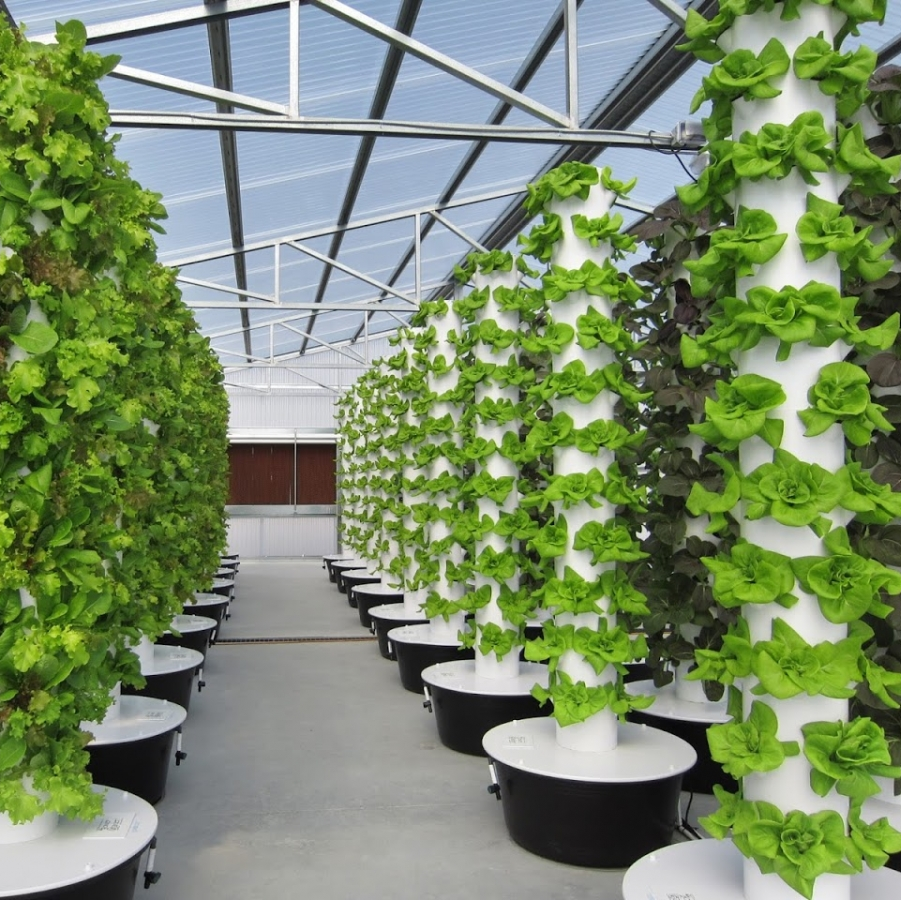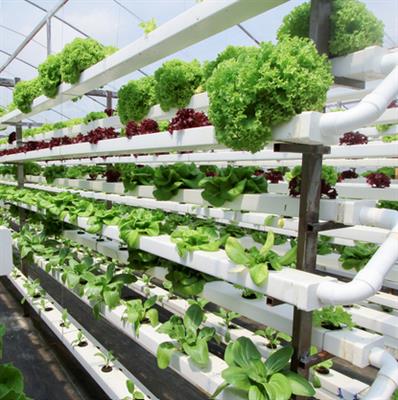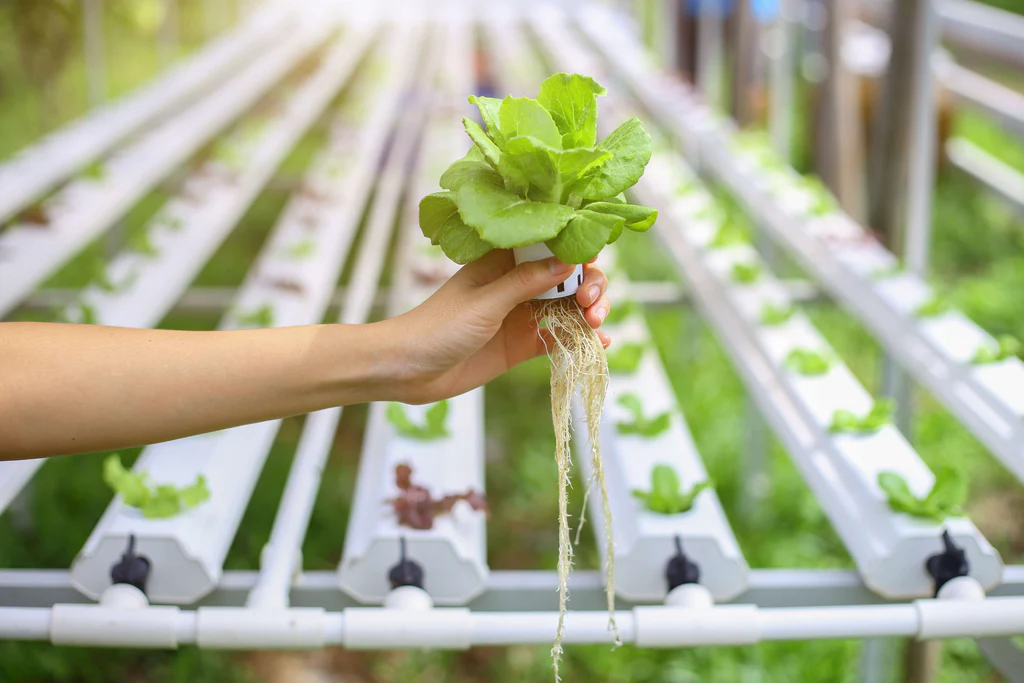How does hydroponics work?
Hydroponic systems are so effective because they allow minute control over environmental conditions like temperature and pH balance and maximize exposure to nutrients and water. Hydroponics works under a very simple principle: provide plants with exactly what they need when they need it. Hydroponic systems administer nutrient solutions tailored to the needs of the particular plant being grown. They allow you to control exactly how much light the plants receive and for how long. pH levels can also be monitored and adjusted. In a highly customized and controlled environment, plant growth accelerates.
By controlling the environment of the plant, many risk factors are reduced. Plants grown in gardens and fields are introduced to a host of variables that negatively impact their health and growth. Fungus in the soil can spread diseases to plants. Wildlife like rabbits can plunder ripening vegetables from your garden. Pests like locusts can descend on crops and obliterate them in one afternoon. Hydroponic systems end the unpredictability of growing plants outdoors. Without the mechanical resistance of the soil, seedlings can mature much faster. By eliminating pesticides, hydroponic gardens produce much healthier and higher-quality fruits and vegetables. Without obstacles, plants are free to grow vigorously and rapidly.
Components of hydroponic systems
To maintain a flourishing hydroponic system, you need to become acquainted with a few components that make hydroponics run efficiently.
Growing media
Hydroponic plants are often grown in inert media that support the plant’s weight and anchor its root structure. Growing media is the substitute for soil, however, it does not provide any independent nutrition to the plant. Instead, this porous media retains moisture and nutrients from the nutrient solution which it then delivers to the plant. Many growing media are also pH-neutral, so they will not upset the balance of your nutrient solution. There are a host of different media to choose from, and the specific plant and hydroponic system will dictate which media best suits your endeavor. Hydroponic growing media is widely available both online and at local nurseries and gardening stores.
Air stones and air pumps
Plants that are submerged in water can quickly drown if the water is not sufficiently aerated. Air stones disperse tiny bubbles of dissolved oxygen throughout your nutrient solution reservoir. These bubbles also help evenly distribute the dissolved nutrients in the solution. Air stones do not generate oxygen on their own. They need to be attached to an external air pump via opaque food-grade plastic tubing. Air stones and air pumps are popular aquarium components and can be purchased easily at pet stores.
Learn more: What is an aquarium air pump?
Net pots
Net pots are mesh planters that hold hydroponic plants. The latticed material allows roots to grow out of the sides and bottom of the pot, giving greater exposure to oxygen and nutrients. Net pots also provide superior drainage compared to traditional clay or plastic pots.



